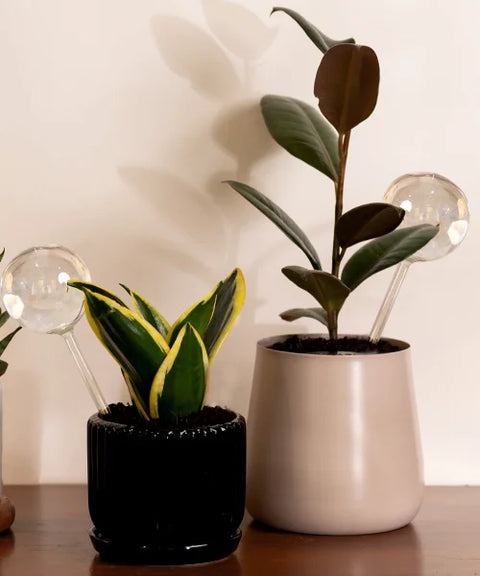Hydrangeas bloom in spring and summer, they can be the best showstoppers in your yard. They grow themselves, can reach up to 15 feet in height, and in just one summer, they can cover a space. They are very easy to grow and they ask for very minimal maintenance, just the right spot and they will remain happy for a long time. Hydrangeas are beautiful and popular flowering shrubs that can add a pop of color to any garden or landscape.
If you are among those who are wondering how to grow and take care of this shrub, then you have come to the right place. Here are some tips on how to grow and care for hydrangeas:
Planting
Hydrangeas prefer moist, well-drained soil and partial to full shade. They can be planted in the spring or fall, and it's best to plant them when they are not actively blooming. Planting them in beds next to your home can be the right choice to make, they like the morning sun, but not the heat of the afternoon sun. When you plant them in sheltered locations with sunny mornings, they will love such places.
Watering
Hydrangeas require regular watering, especially in the summer when the weather is hot and dry. Make sure the soil stays evenly moist but not waterlogged, as this can lead to root rot. During the growing season, water at a rate of 1 inch per week.
Fertilizing
Fertilize your hydrangeas once a year in the spring with a slow-release fertilizer or a balanced, water-soluble fertilizer. Too much fertilizer can cause the plant to grow too quickly and reduce the number of blooms. The need of hydrangeas can vary as per their specific varieties, and they can benefit from different application timings.
Keep away from pests
Take care of your hydrangeas against pests and disease and all you need is to choose cultivars with resistant traits. Leaf spots, bight, wilt, and powdery mildew all of these can be seen on hydrangeas. It may not be common to see pests on hydrangeas but can appear when plants become stressed. There are some possible pests that can be seen including aphids, leaf tiers, and red spider mites. Taking good care of your hydrangeas is your best defense.
Pruning
Hydrangeas can be pruned to control their size and shape, but be careful not to prune too much as this can reduce the number of blooms. The best time to prune is in late winter or early spring before new growth appears.
Changing the color of blooms
Hydrangeas can change color depending on the acidity of the soil. If you want blue flowers, make the soil more acidic by adding aluminum sulfate. If you want pink flowers, make the soil more alkaline by adding lime.
Taking care during winters
Hydrangeas can be sensitive to cold temperatures, so it's important to protect them during the winter. Mulch around the base of the plant to help insulate the roots, and cover the plant with burlap or similar material to protect it from frost.
Summing it up…
In conclusion, hydrangeas are a beautiful and rewarding plant to grow in your garden or landscape. For those who want to give their outdoors an exciting look and feel, then hydrangeas can be the best choice to make. With the right care and attention, you can enjoy their stunning blooms for years to come.









 Apply Discount at Checkout
Apply Discount at Checkout 

























































































